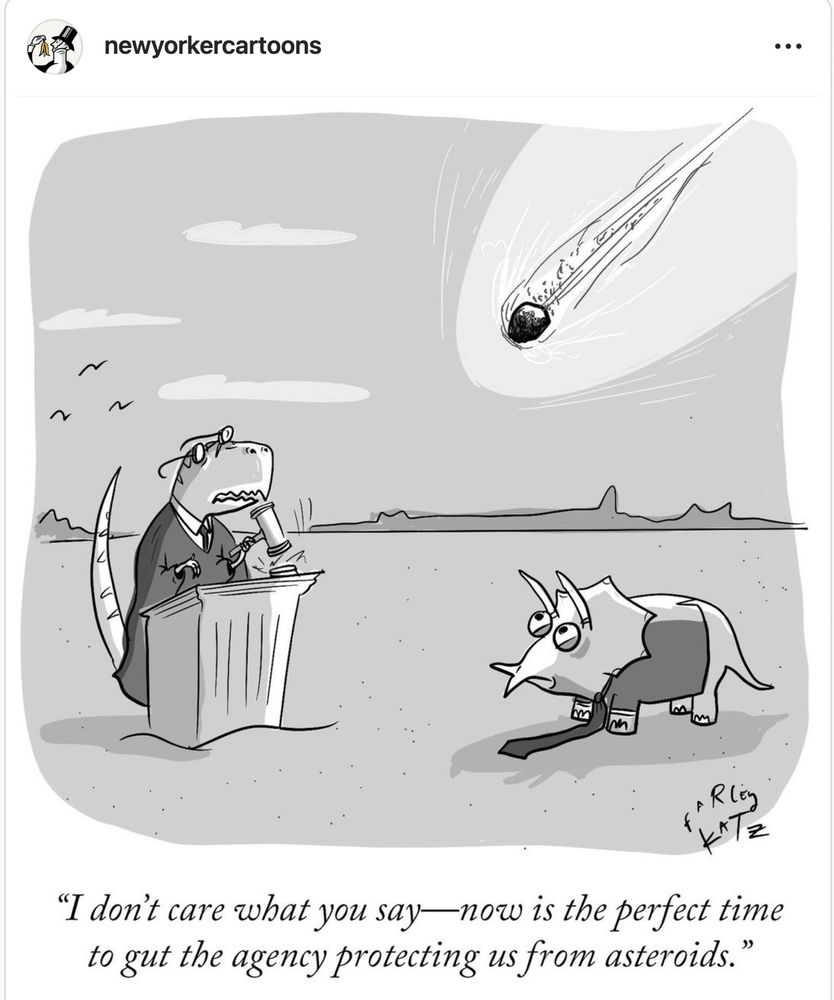
Graphic by zacklabe.com/arctic-tempe...

Graphic by zacklabe.com/arctic-tempe...
It's my favorite time of year, so I thought I would kick it off with something pretty scary!

It's my favorite time of year, so I thought I would kick it off with something pretty scary!
Data from NOAAGlobalTempv6.0.0: www.ncei.noaa.gov/products/lan...
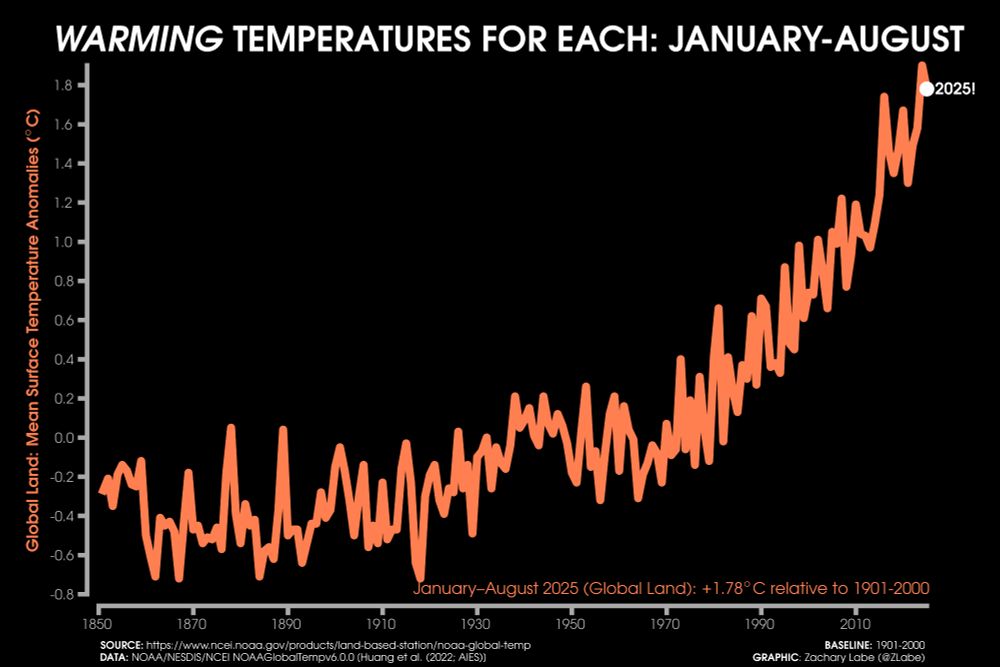
Plot shows zonal-mean temperature anomalies, where latitude = y-axis (not scaled by distance). GISTEMPv4 data using their 1951-1980 baseline

Plot shows zonal-mean temperature anomalies, where latitude = y-axis (not scaled by distance). GISTEMPv4 data using their 1951-1980 baseline

Meanwhile, the Climate 8-ball is refusing to use the terminology "new normal."

Meanwhile, the Climate 8-ball is refusing to use the terminology "new normal."
• about 260,000 km² below the 2010s mean
• about 1,080,000 km² below the 2000s mean
• about 1,930,000 km² below the 1990s mean
• about 2,690,000 km² below the 1980s mean
More zacklabe.com/arctic-sea-i...
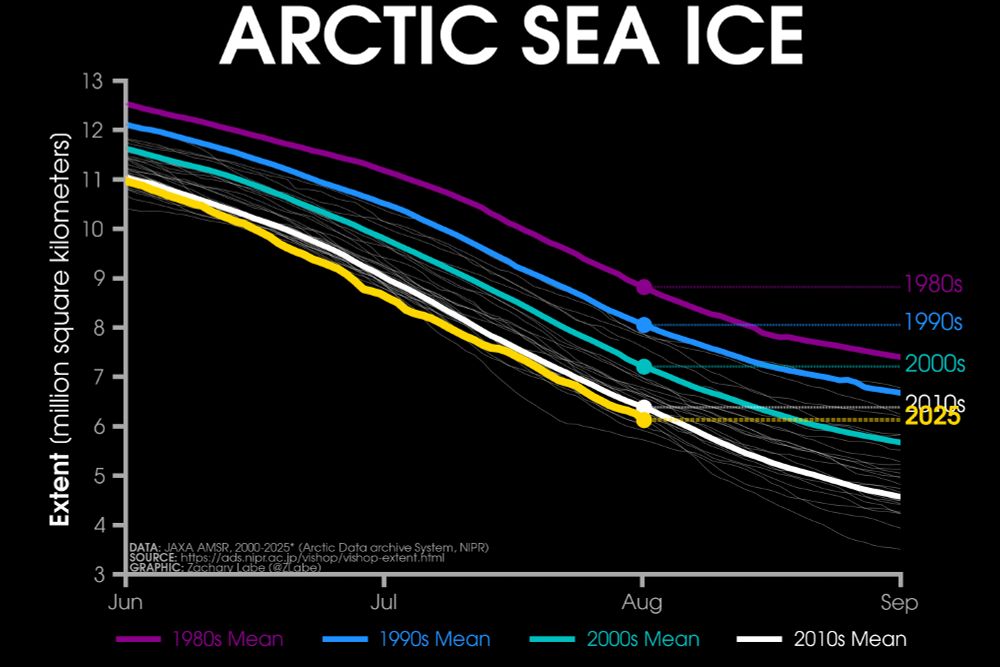
• about 260,000 km² below the 2010s mean
• about 1,080,000 km² below the 2000s mean
• about 1,930,000 km² below the 1990s mean
• about 2,690,000 km² below the 1980s mean
More zacklabe.com/arctic-sea-i...
More sea ice graphics available at zacklabe.com/global-sea-i.... Data from @nsidc.bsky.social.
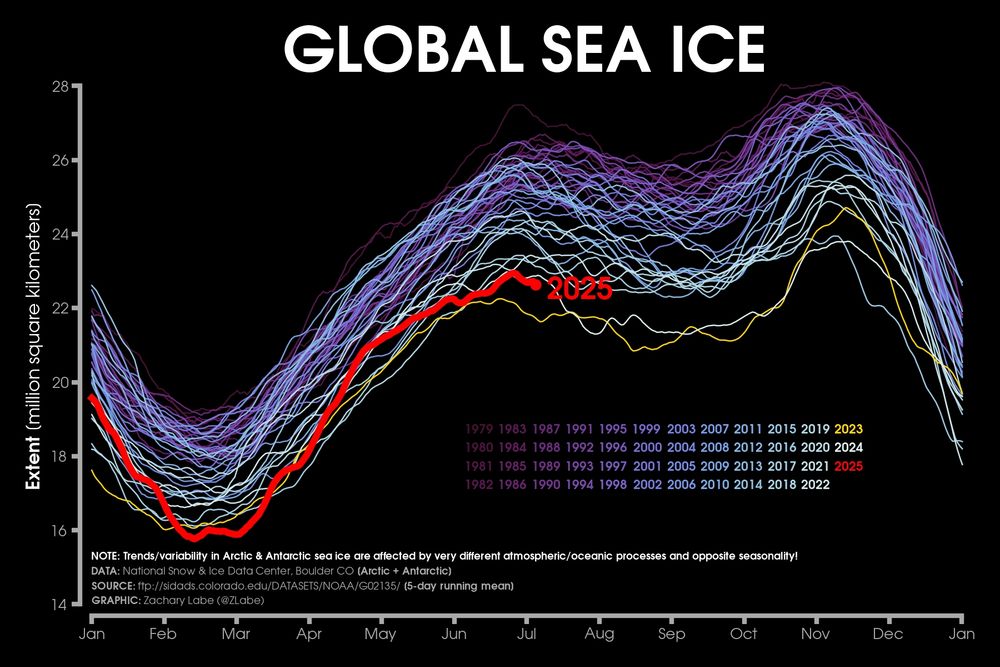
More sea ice graphics available at zacklabe.com/global-sea-i.... Data from @nsidc.bsky.social.
There is significant year-to-year variability along with a long-term decreasing trend in boreal spring. Data and graph from climate.rutgers.edu/snowcover/in...

There is significant year-to-year variability along with a long-term decreasing trend in boreal spring. Data and graph from climate.rutgers.edu/snowcover/in...
I will update this visualization each year at zacklabe.com/climate-chan.... Data is from NOAA NClimGrid.

I will update this visualization each year at zacklabe.com/climate-chan.... Data is from NOAA NClimGrid.
#SciComm #DataViz #OpenScience #OpenData

#SciComm #DataViz #OpenScience #OpenData

The 3-year running average smoothes out short-term anomalies and tells the story:

The 3-year running average smoothes out short-term anomalies and tells the story:


Code Yikes!
April data for "total column precipitable water" just came in from ECMWF, and, you guessed it, yet another record high for the 36-month running average, while April 2025 was the third highest April since 1940.
Information overload summary: a hard rain's a-gonna fall.

Code Yikes!
April data for "total column precipitable water" just came in from ECMWF, and, you guessed it, yet another record high for the 36-month running average, while April 2025 was the third highest April since 1940.
Information overload summary: a hard rain's a-gonna fall.




Data provided by @noaa.gov NOAAGlobalTemp v6.0.0 (www.ncei.noaa.gov/products/lan...).
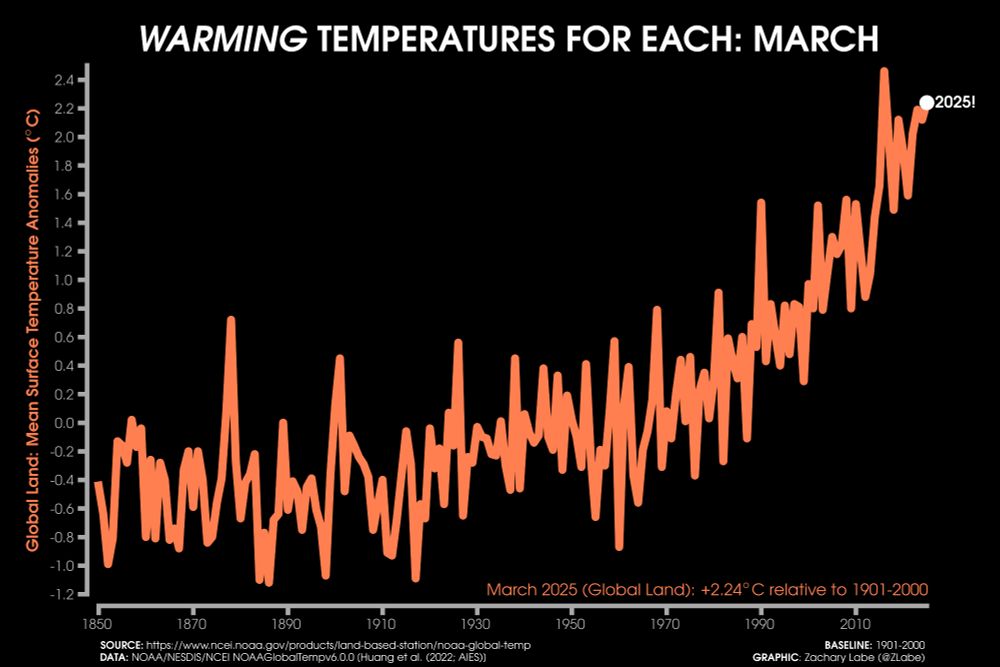
Data provided by @noaa.gov NOAAGlobalTemp v6.0.0 (www.ncei.noaa.gov/products/lan...).






